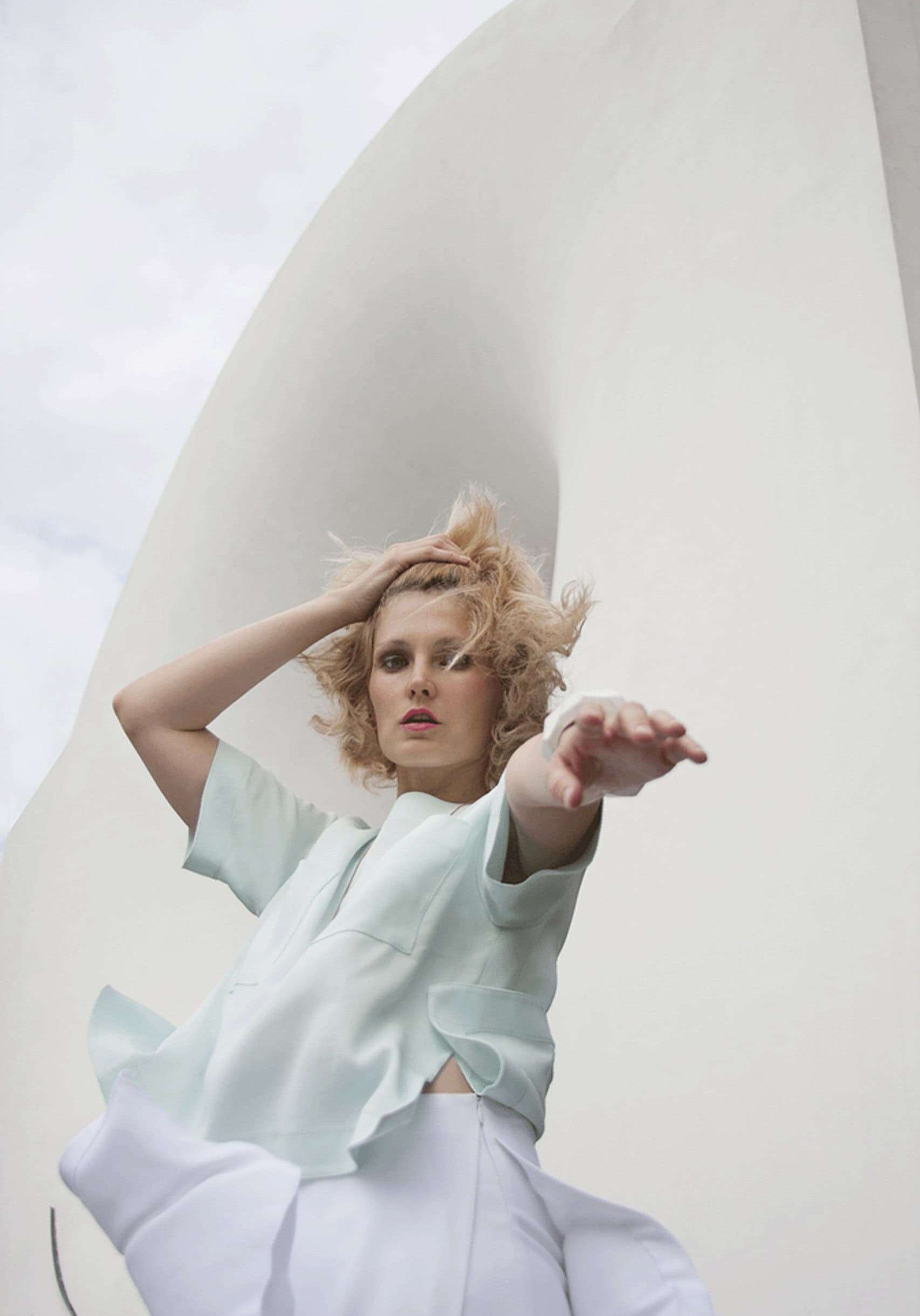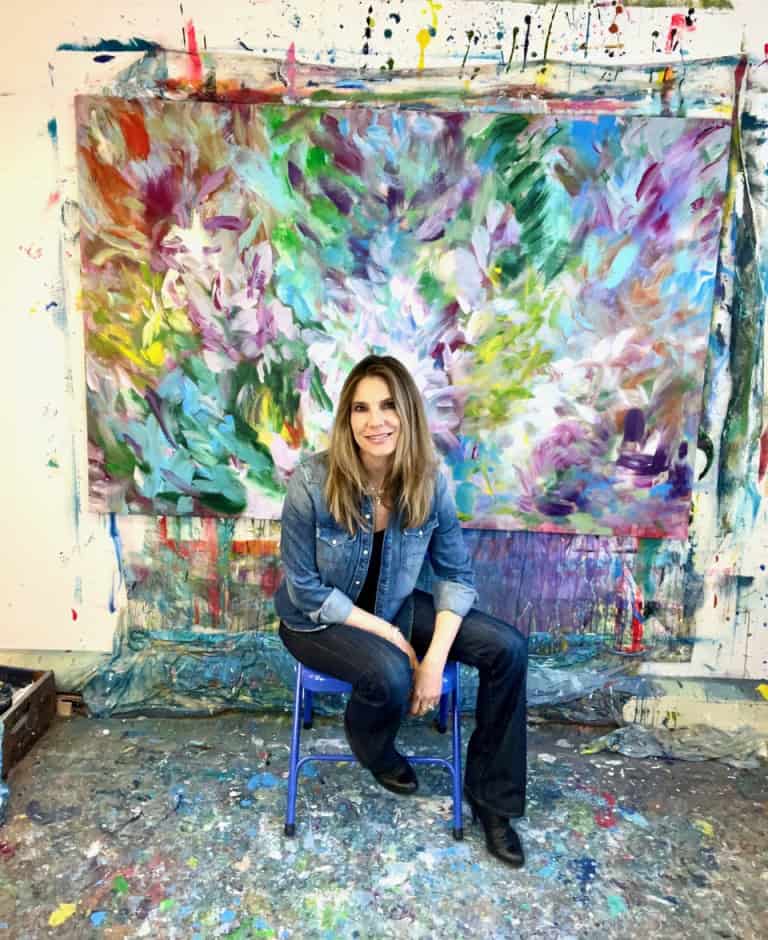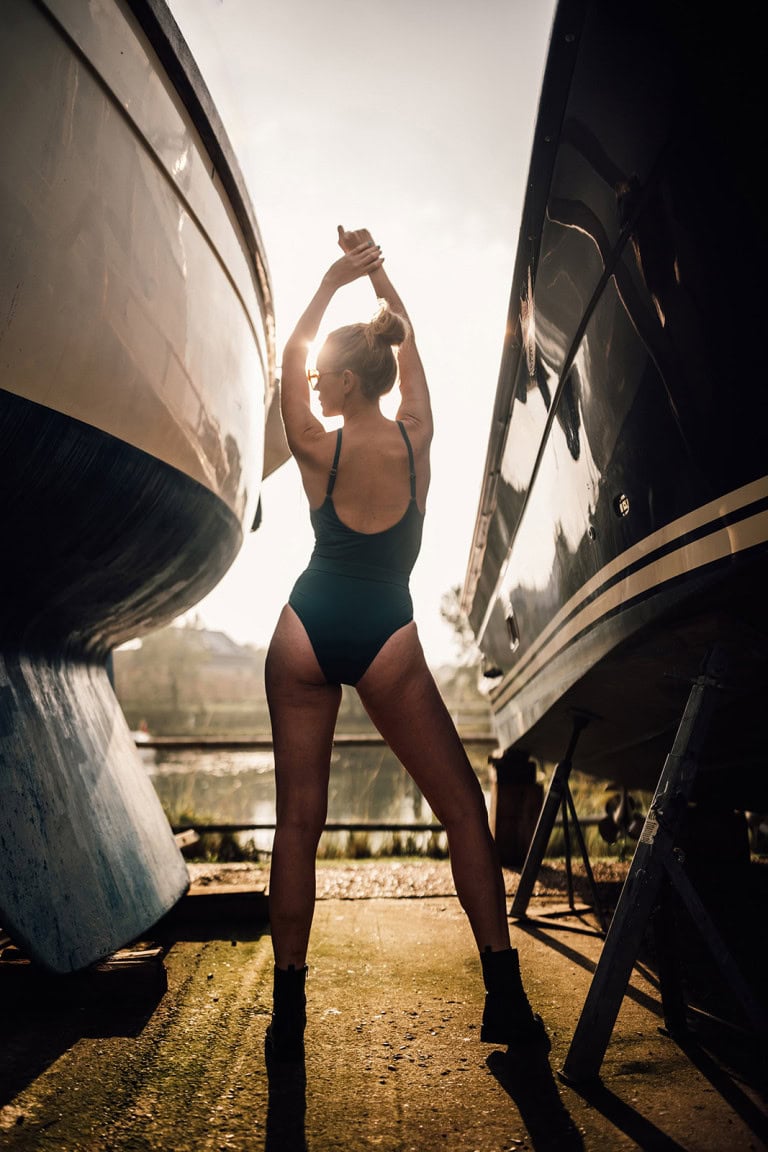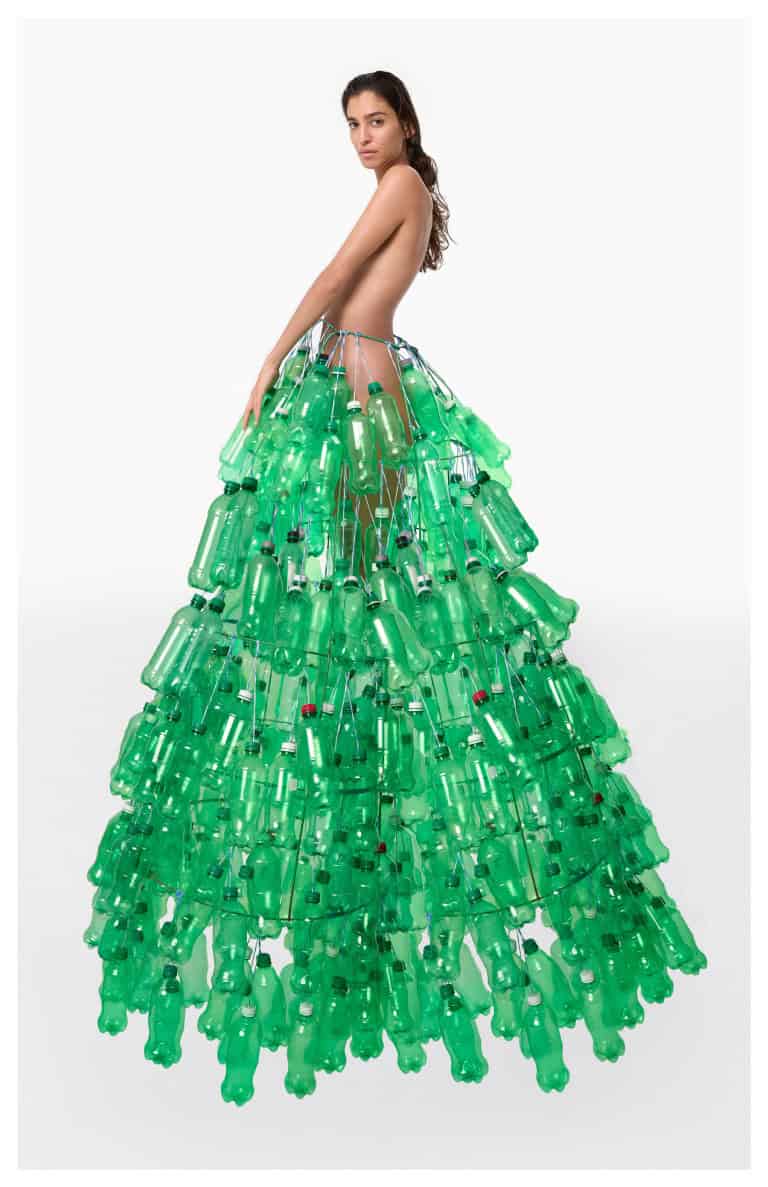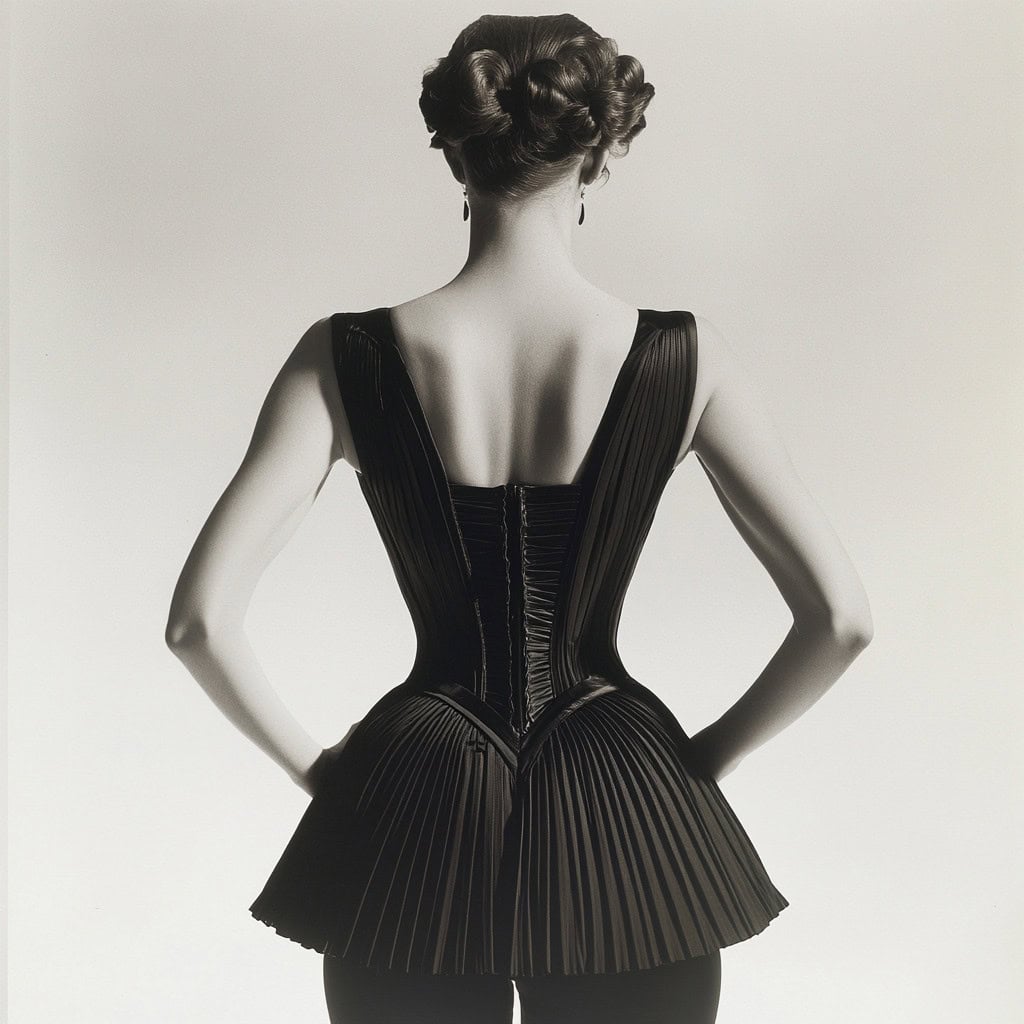
CORSET & POWER: FROM OPPRESSION TO EXPRESSION
The history of the corset tells a complex story of control, beauty, and rebellion. Once a tool of physical restriction, it has now transformed into a modern symbol of empowerment and self-expression.
Origins of the Corset
To begin with, they emerged in the 16th century as a stiffened bodice designed to sculpt the female figure. It accentuated a small waist, lifted the bust, and, quite literally, shaped the ideal woman. At that time, appearance dictated status, and the corset became essential to fitting society’s narrow standards.
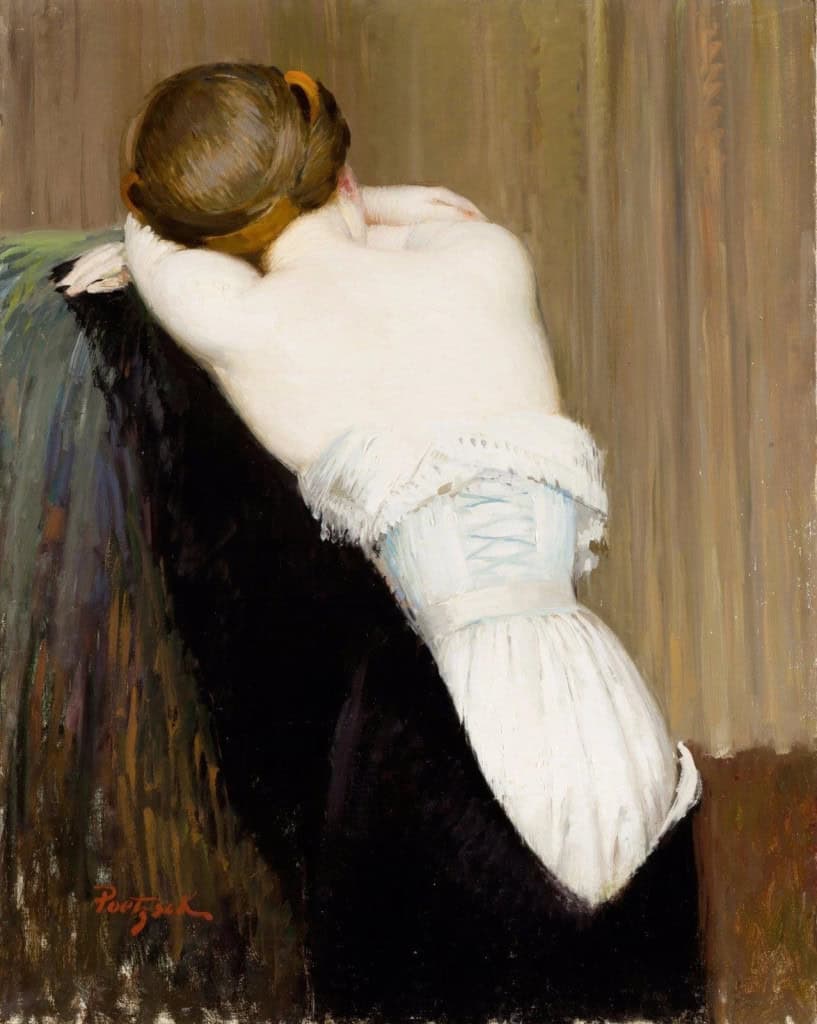
By the Victorian era, corsets tightened even further. They were associated with moral virtue and societal discipline. However, they also caused discomfort and even health problems. The more tightly laced a woman was, the more respectable she appeared.
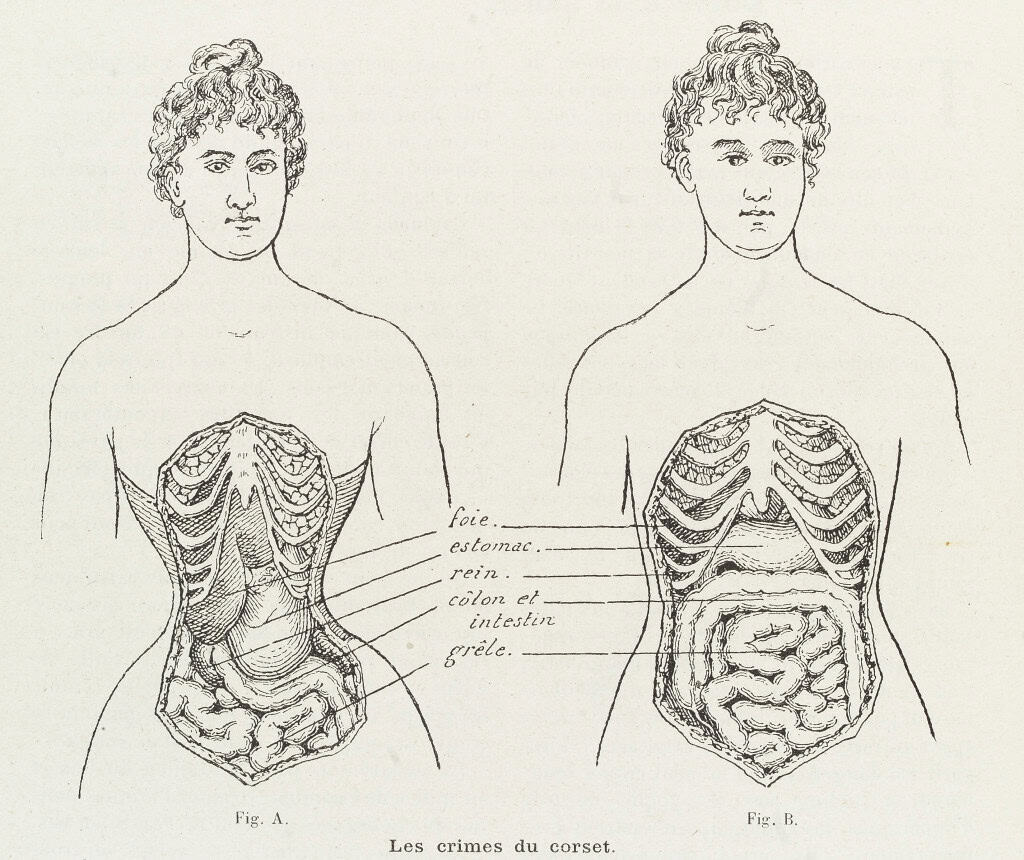
Credit: Wellcome Library, London. Wellcome Images images@wellcome.ac.uk http://wellcomeimages.org
Published: – Printed: 10th October 1908. Copyrighted work available under Creative Commons Attribution only licence CC BY 4.0 http://creativecommons.org/licenses/by/4.0/
Rebellion and Reform
Not surprisingly, the corset soon faced backlash. In the late 19th century, dress reform movements gained momentum. Activists like Amelia Bloomer argued that they were instruments of female oppression. Health professionals also warned about the dangers of tight-lacing.
As a result, some women abandoned the corset altogether, favoring looser, more practical clothing. Designers like Paul Poiret took advantage of this shift, offering fluid silhouettes that freed the body. Nevertheless, it remained deeply woven into fashion’s cultural fabric.
![Binder label: Clothes Title: Ball's corsets with coiled wire spring elastic section. Revolution in corsets. Every corset warranted satisfactory or money returned. [front] Created/Published: Chicago : Shober & Carqueville Litho. Co. Date issued: 1870 - 1900 (approximate) Physical description: 1 print : chromolithograph ; 12 x 8 cm. Genre: Advertising cards Subject: Women; Flags; Daggers & swords; Corsets Notes: Title from item. Retailer: Boston Dry Goods Store, Danielsonville, Conn. Statement of responsibility: Chicago Corset Co. Collection: 19th Century American Trade Cards Location: Boston Public Library, Print Department](https://www.irkmagazine.com/wp-content/uploads/ball-corsets-with-coiled-wire-spring-elastic-section-revolution-in-corsets-every-corset-warranted-satisfactory-or-money-returned-front-678x1024.jpg)
The Revival
Fast-forward to the late 20th century, and the corset made a surprising comeback. This time, however, it was not about control—it was about choice. Designers like Vivienne Westwood and Jean Paul Gaultier reimagined the them as armor rather than constraint.
Madonna’s iconic cone bra, designed by Gaultier for her 1990 Blond Ambition tour, redefined the garment as a symbol of female power.
Instead of enforcing beauty standards, modern corsetry allowed women to own their sexuality and reclaim narratives about their bodies.
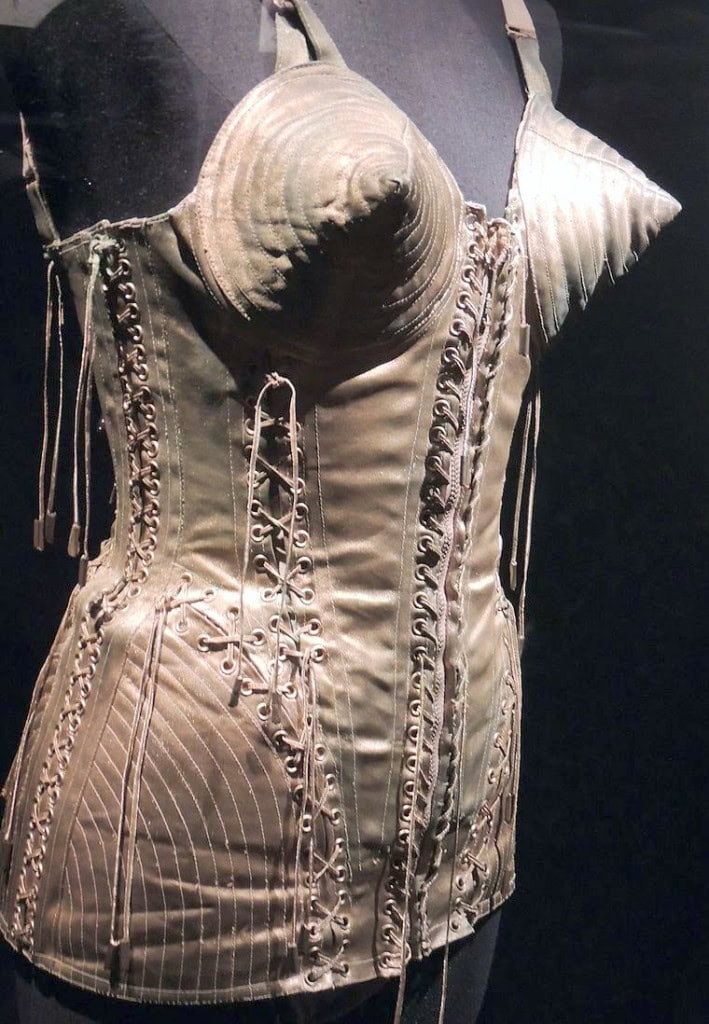
Today: Expression and Identity
Today, the corset is more versatile than ever. It appears not just on runways but also in streetwear and red carpet fashion. Designers use it to blend historical references with modern innovation. Think visible boning, architectural tailoring, and unexpected materials.
Furthermore, corsets are worn by people across the gender spectrum, expanding their significance. In many cases, the corset now symbolizes resilience, creativity, and individuality rather than compliance.
In the modern evolution of the history of the corset, what was once a rigid garment of oppression has become a flexible tool of empowerment and self-expression.
Why the Corset Still Matters
Clearly, the corset endures because it speaks to fashion’s core tension: the interplay between freedom and form. It reminds us that clothing can both restrain and liberate, depending on how and why it is worn.
Fashion mirrors society, and the corset—past and present—reflects ongoing debates about autonomy, identity, and beauty standards.
Conclusion: From Cage to Crown
From royal courts to rock concerts, this garment has evolved with the people who wear it. Today, it is less about restriction and more about reclamation.
Above all, the corset no longer defines women—it allows them to define themselves.
Share this post
One day when I was barely two my mom let me push her out of her bedroom. She was curious so she ran outside the house so she could watch me through the window. I climbed up on a chair by her vanity and started putting on her makeup. I loved playing dress up as a kid. Putting on my mom's sequin tube tops and high heeled shoes and then putting on a dance show in the lobby or the restaurant of the hotel/residence we lived in. It was the best childhood ever. Dress-up, dancing, playing with barbies, and drawing were my favorite things to do. I have not changed one bit today. If I am creating I am happy.
Now I am in Paris for the second time in my life and I am having a ball playing with my partner in crime Julien Crouigneau. We founded IRK Magazine together in 2015 and we are proud to collaborate with some amazing artists, and influencers.
We are also a photography duo under the pseudonym French Cowboy. We love to tell stories and create poetic images that are impactful.
Read Next

